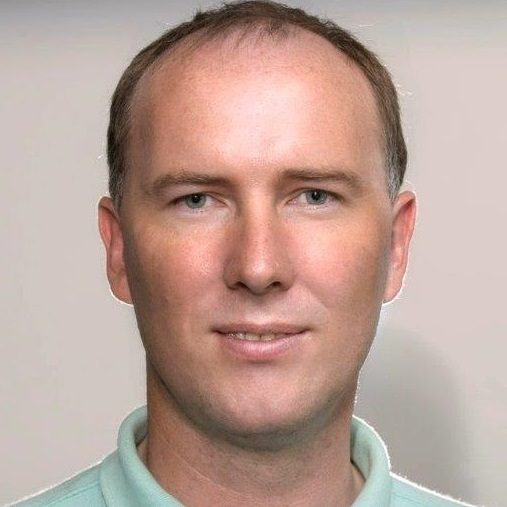Microphone phased array 3D beamforming and deconvolution
BibTeX
Microphone phased arrays are used to generate acoustic maps showing the position and Magnitude of sound sources. Deconvolution of these acoustic maps, which are generated using beamforming, is commonly performed to remove sidelobe artifacts so that it is possible to accurately describe the position and magnitude of the sound source distribution. Traditionally beamforming and deconvolution have used a 2D scanning surface, which is orientated perpendicular to the array axis, but errors can arise when imaging 3D objects. The work in this thesis investigates the use of a deconvolution algorithm for 3D beamformed maps and compares the results to those obtained using traditional 2D acoustic scanning surfaces. Microphone phased array hardware and 3D objects were designed and built. Acoustic maps were generated by attaching mini speakers onto the surface of an object and performing beamforming and deconvolution for both traditional 2D scanning surfaces and 3D scanning surfaces corresponding to the 3D surface geometry of the object. The 3D surface geometry was obtained using computer vision techniques. For more complex objects or where no CAD model of the object exists, structured light scanning was used to obtain an accurate scan of the 3D surface of the object. The scan points obtained using the above two methods were in the reference frame of the primary optical camera in the array. To enable these scan points to be used for beamforming and deconvolution, a microphone position calibration technique was developed which automatically found the coordinates of the microphones, in the reference frame of the primary camera in the array, using computer vision techniques and audio time of flight measurements. This technique was extended to enable dense point clouds of experimental deconvolution errors to be automatically obtained as a function of the frequency and location of the sound sources. These point clouds were used to analyse the deconvolution errors for 3D and traditional 2D scanning surfaces. The data obtained showed that using the 3D scanning surface corresponding to the surface geometry of the object gave more accurate sound pressure levels and, at higher frequencies, more accurate positioning of sound sources than the 2D case.

